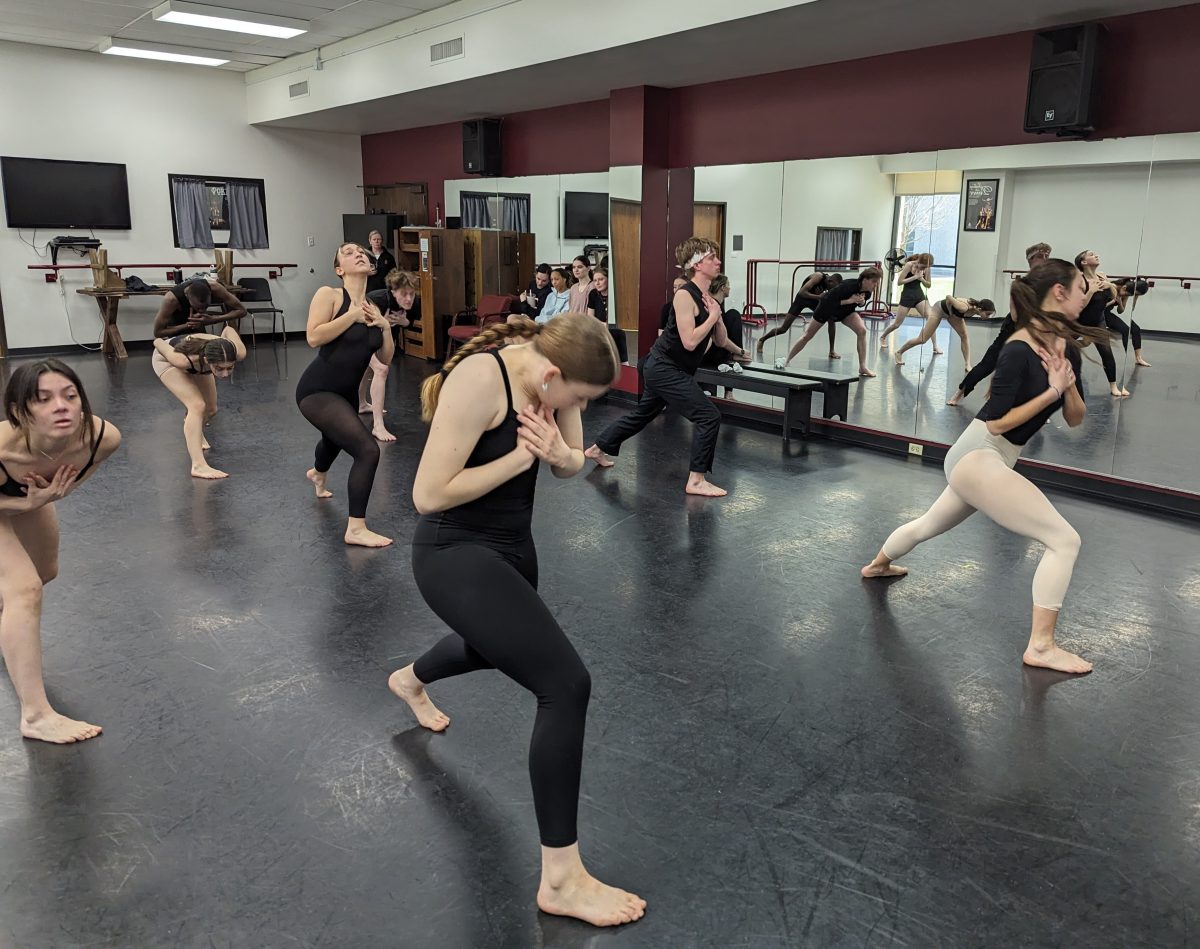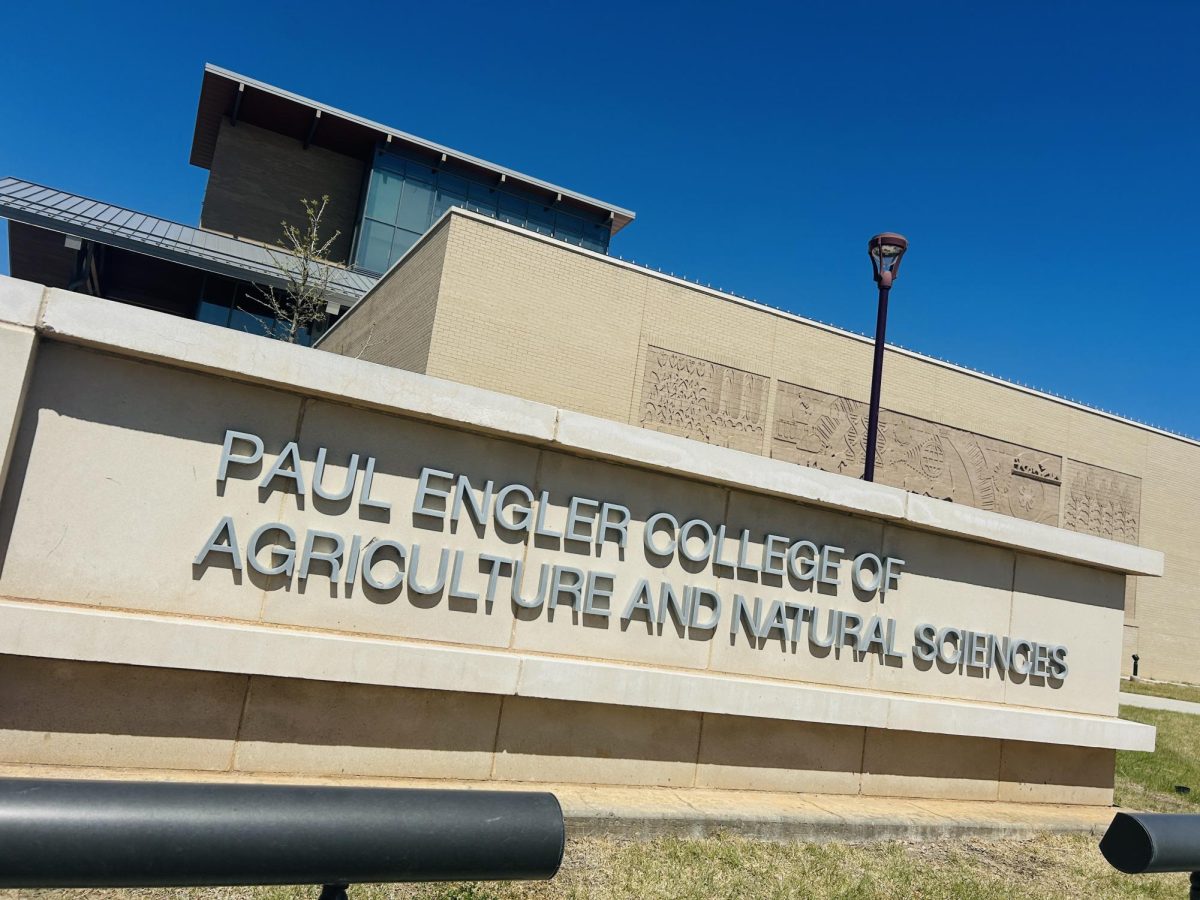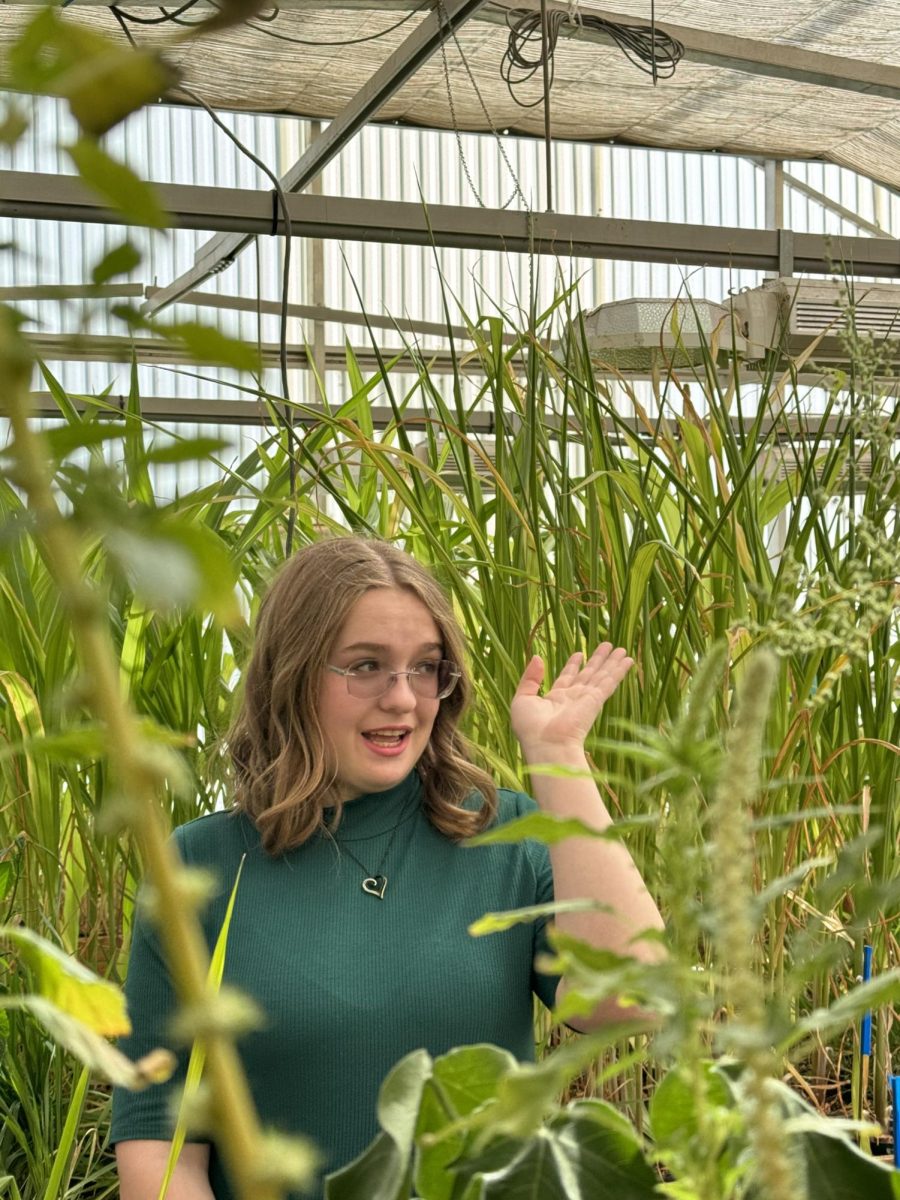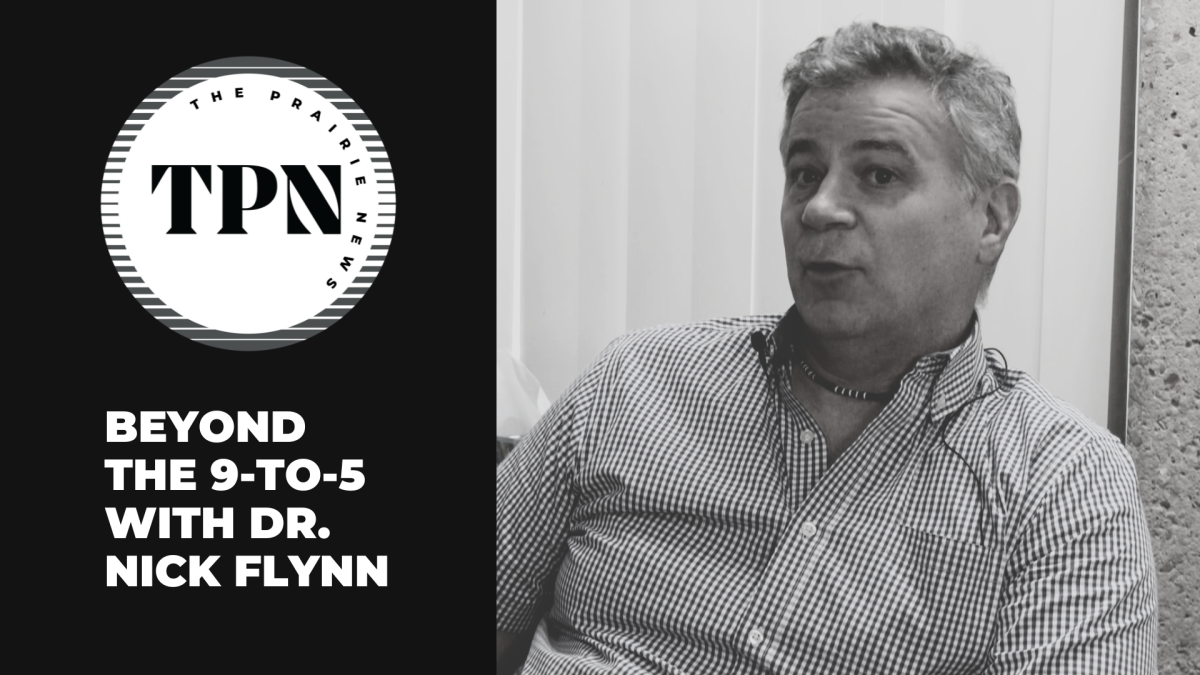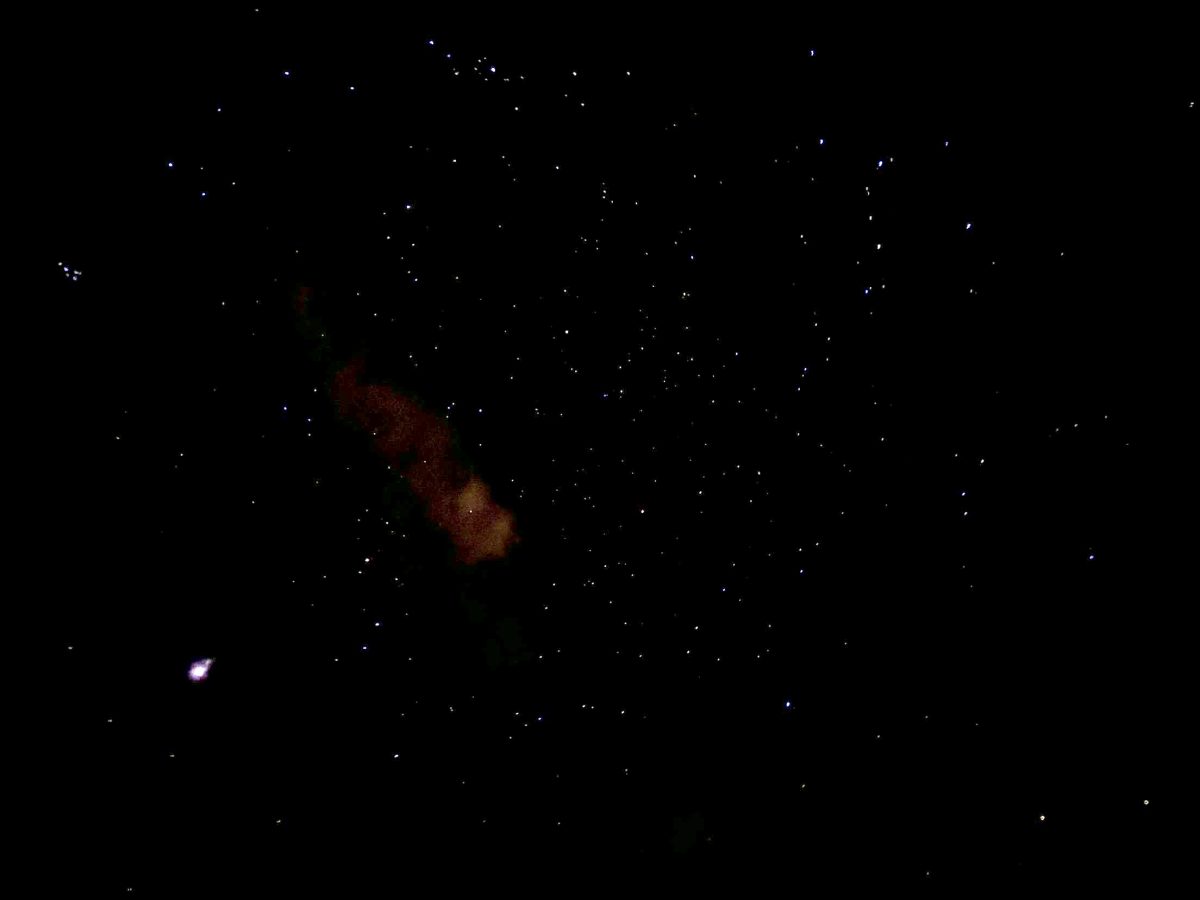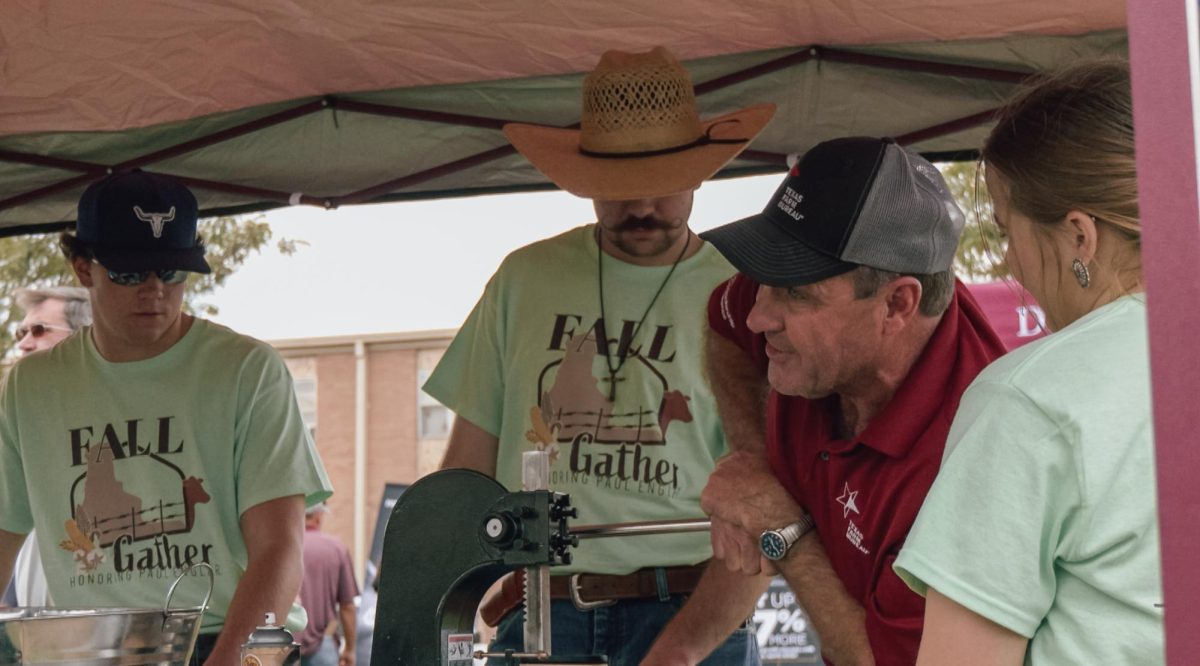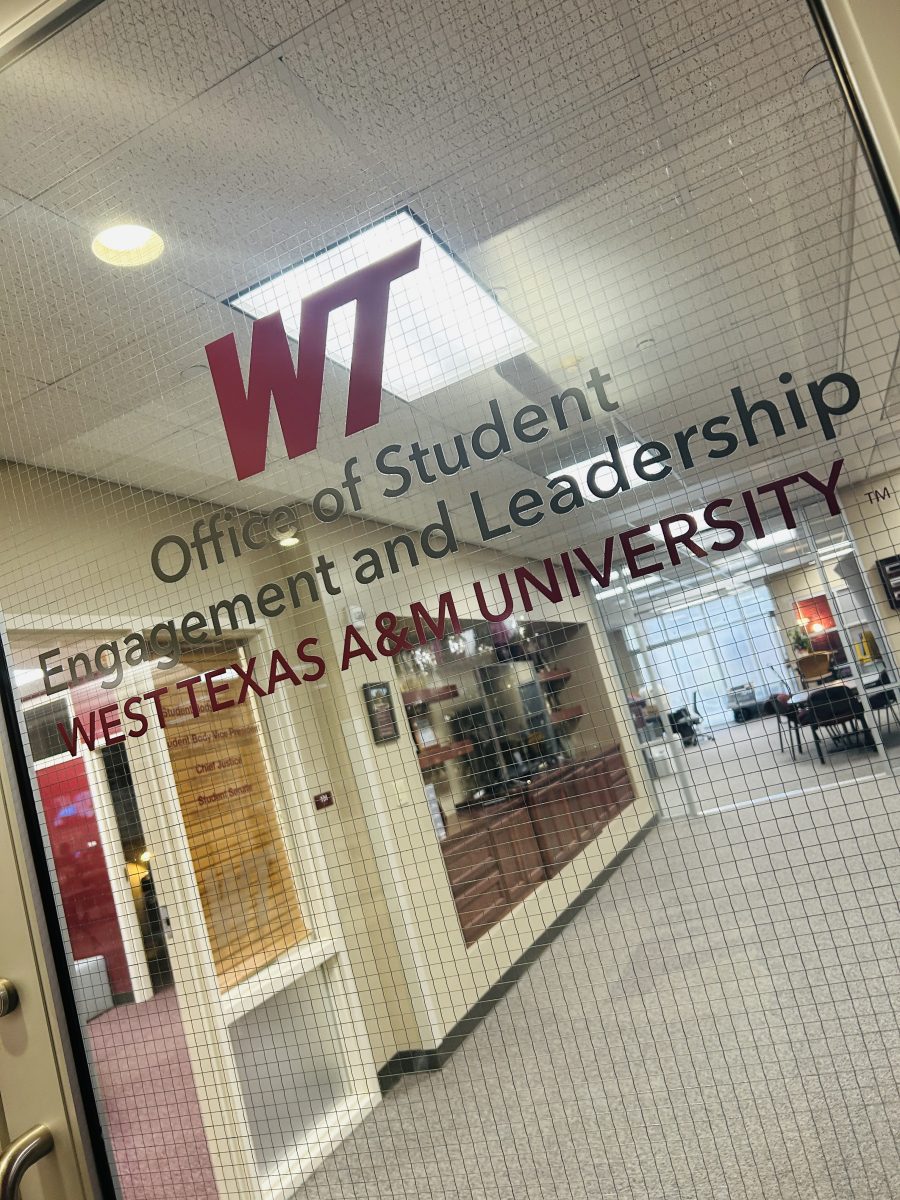West Texas A&M University students and faculty members are conducting research into the water quality and microorganisms in Lake Meredith in hopes of better understanding the micro-biological makeup of the reservoir as well as others similar to it.
The research is a joint effort between Dr. Maitreyee Mukherjee, an assistant professor of biology, and Dr. Erik Crosman, an assistant professor of environmental sciences. This specific project is part of a broader series of investigations by Mukherjee’s lab into the microbial ecology, or the interactions between microorganisms and the environments they live in, of bodies of water. The research is funded by several Kilgore grants, according to a press release by WT.
“There’s been a lot of research and past work in lakes like in Canada or the Midwest, more your temperate mid-latitude lakes,” Crosman said. “But these arid reservoirs that change levels so quickly like Meredith, which just came up 10 feet with the flooding, it’s a really interesting signal where the physio-chemistry and the environmental conditions are going to change much more quickly than they would at another typical lake.”
According to Crosman, there are not many studies into reservoirs in semi-arid environments like Lake Meredith and there are many factors that make these bodies of water unique. Semi-arid lakes are subject to high levels of evaporation as well as dramatic levels of change in salt concentration, which makes for a middle-ground environment that is not seen often.
Historically, Lake Meredith is prone to relatively large changes in water level. According to data collected by the Canadian River Municipal Water Authority, water levels have fluctuated from 29 feet in 2013 during the peak of drought to around 80 feet during the flooding the Panhandle experienced in June of this year.
“We started in March, and we have worked through every month since then,” Mukherjee said. “Then the flooding started happening May, June, July, we continued sampling and processing, and we’re continuing at least until November.”
Once a month, the students and faculty on the environmental sciences side of the research go out to Lake Meredith to collect water samples from six different sites around the lake and other data like temperature, PH and dissolved oxygen, according to Crosman and Mukherjee. The samples are then brought back and examined by the microbiology side of the lab to look at what microbes may be present in the water, levels of contamination in the lake and any antibiotic-resistant organisms or ‘superbugs’ that may live in the water.
“Sciences should be very interdisciplinary,” Mukherjee said. “If you want to study how viruses work, for example, we won’t be able to understand it completely until there is a physicist there. It sounds very strange, but we need a theoretical physicist to be able to understand the entire way a virus infects a single cell. We will still be able to understand a little bit of it, but to complete that understanding we need all the fields merged together.”
WT students taking part in the project include Robyn Cuthbert, a graduate student in biology from New Orleans; Cassie Dorsett, a Sweeney native about to pursue a master’s degree in biology; Abigail House, a senior who is graduating in May with a biology degree from Azle; Simon Mbanefo, a graduate student in environmental science from Akili Ozizor, Nigeria; Quincy Nakamura, a junior biology major from Renton, Washington; Heather Ogle, a junior environmental science major from Canyon; Afolarin Olatunbosun, a graduate student in environmental science from Ogbomoso, Nigeria; Grayson Pool, a senior environmental science major from Sherman; Kara Ramirez, a senior biology/pre-vet major from Andrews; and Bentli VeneKlasen, a senior who is graduating in May with a degree in biology from Amarillo.
Mukherjee and Crosman want to incorporate the data found in this study into a proposal for the National Science Foundation in hopes of expanding the study beyond just Lake Meredith and into other reservoirs connected to the Canadian River.






